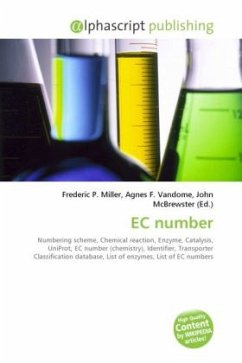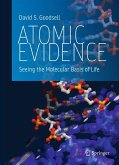In chemistry and physics, the atomic number is the number of protons found in the nucleus of an atom and therefore identical to the charge number of the nucleus. It is conventionally represented by the symbol Z. The atomic number uniquely identifies a chemical element. In an atom of neutral charge, atomic number is equal to the number of electrons.The atomic number, Z, should not be confused with the mass number, A, which is the total number of protons and neutrons in the nucleus of an atom. The number of neutrons, N, is known as the neutron number of the atom; thus, A = Z + N. Since protons and neutrons have approximately the same mass (and the mass of the electrons is negligible for many purposes), the atomic mass of an atom is roughly equal to A







